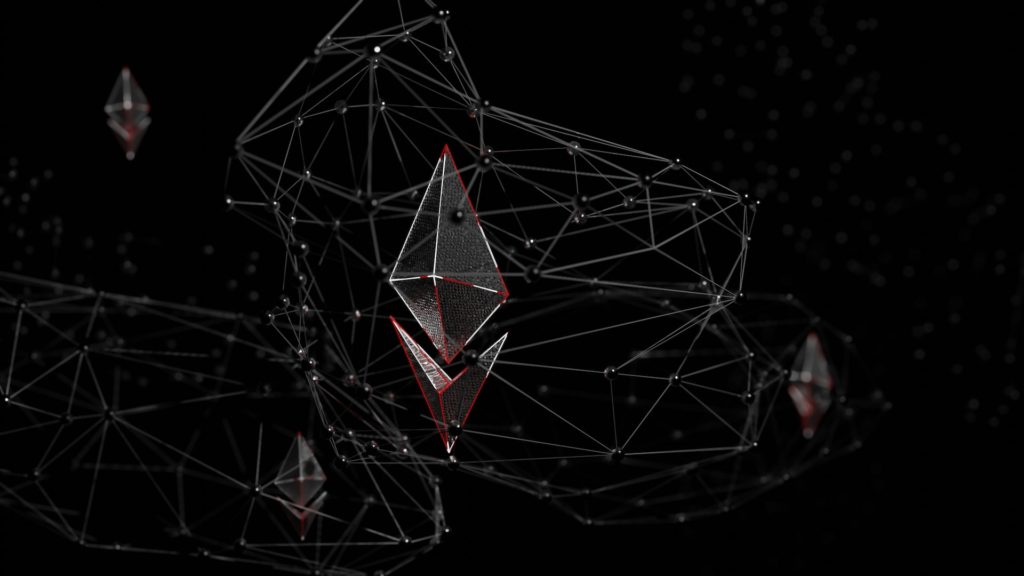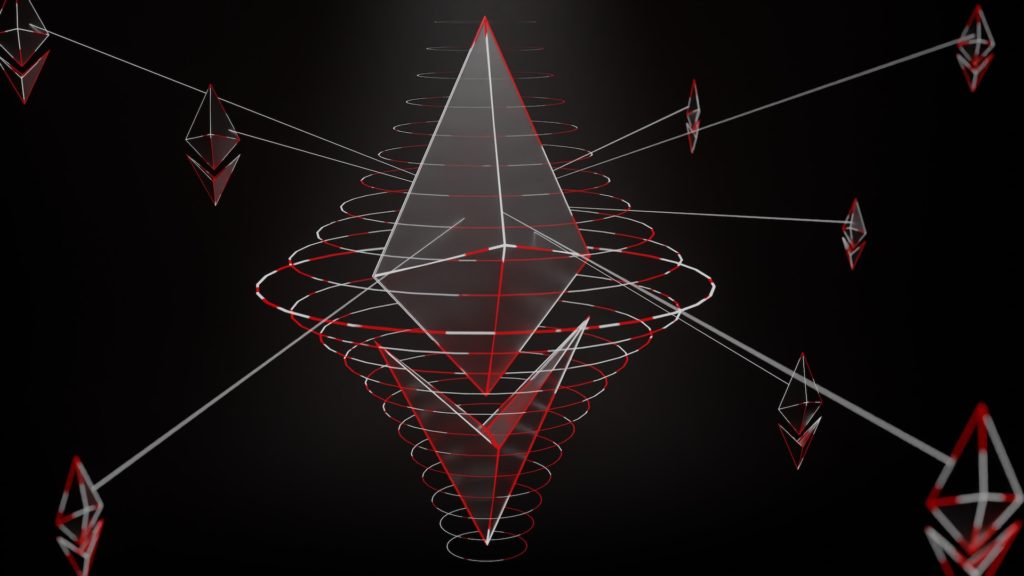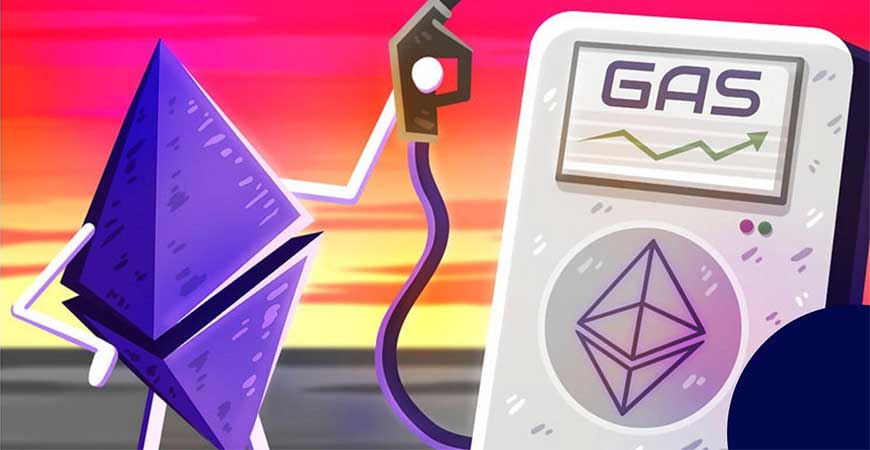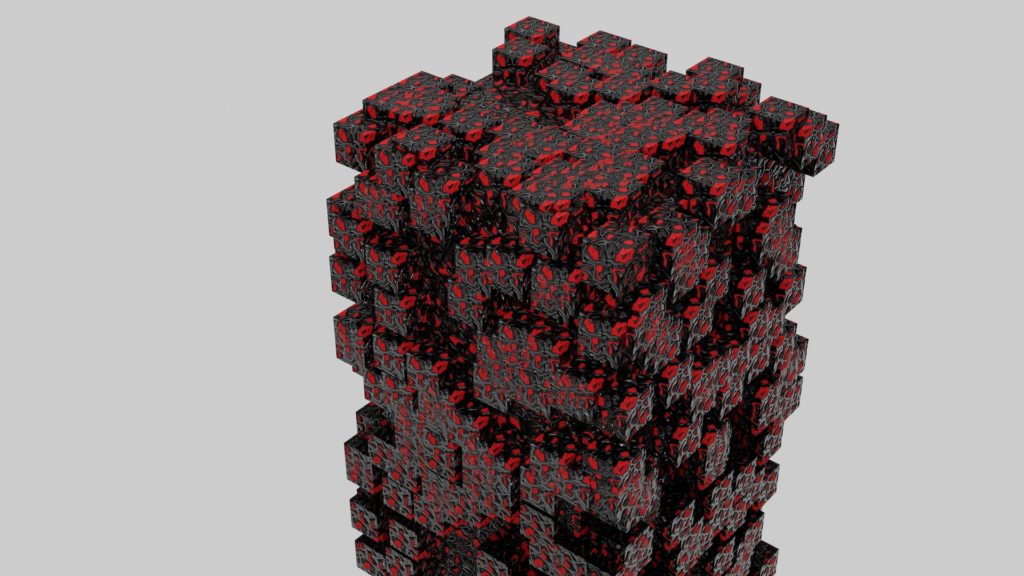The general public has a great deal of optimism regarding “Ethereum 2.0.” However, a widespread misconception holds that “Ethereum 2.0 will bring about lower gas prices.”
You need to be aware of two things: first, the process of upgrading Ethereum can take a long time. According to projections, “the Merge” will be finished sometime during the first half of the year 2022. On the other hand, “the Merge” only has a marginal impact on the reduction of gas prices. The term “sharding” refers to a method that actually reduces gas costs; however, this method will only reduce gas costs for Layer 2; even after sharding is implemented, Layer 1 gas costs may still be prohibitively expensive.

The fundamental component of gas fees is the cost of energy, which is established by the supply and demand dynamics of the market. The “supply” refers to the amount of space that is readily available for computing and storage, also known as scalability. The level of TPS, which stands for transactions per second, and block size are the specific criteria that are used to measure it.
In order to fulfill Musk’s request, Ethereum’s block time can be sped up by 10 times, and the block size can be increased by 10 times. As a result, transaction fees will be reduced by 100 times. In addition, the implementation is not too difficult, as it only requires two parameters to be altered.
However, this would result in Ethereum being transformed into another blockchain, similar to Polygon or BSC. In point of fact, Ethereum’s block size and block time have basically reached the theoretical limit in order to preserve decentralization. This was done in order to prevent the network from becoming centralized.

Because of this, increasing the TPS is the only choice. However, “the Merge” only makes a change to the way blocks are generated (as well as a slight optimization on the time it takes to generate blocks, but this only has a marginal effect), and it does not affect the gas fee. From a different point of view, it could be that the goal is to clear its name of any allegations of energy wastage.
Sharding is what actually helps to promote TPS. The process of sharding takes a long time, and it is difficult to predict how much higher the TPS will be as a result. At this point in time, one thing can be said for certain, and that is that there will be 64 sharding chains in the first stage. However, this does not imply that the size of Ethereum will increase by 64 times because the sizes of sharding chains do not equal that of Ethereum.
It is estimated that each chain will be one-third to one-half the size of the current Ethereum, which will result in a total size that is 21–32 times larger than it is now. It is anticipated that the process of sharding chains will be finished at some point in the year 2023.

Even if we have sharding chains, there is no guarantee that the gas prices for Layer 1 will be reduced. As was just stated, supply and demand are the primary factors that determine price. In spite of the fact that sharding chains will allow us to produce a greater supply, Ethereum’s trading volume is expected to increase by at least a factor of five. If the price of ETH also increases by a factor of five by that time, the gas fee will not experience significant changes if it is converted to USD.
Some people think that eventually there will be as many as 1024 sharding chains, but this raises a problem: if there are a lot of sharing chains, then the nodes will be spread out, which will make the network less secure. A minimum of one hundred nodes are required for each chain in order to lessen the network’s susceptibility to attack and to guarantee that it has adequate redundancy (including the sampling of data availability). It’s not just about how many chains you have.
As a result of the gradually growing demand, the gas fee for Layer1 can only go up from here. What we refer to as a reduction in gas prices is actually referring to Layer2. Layer2 will independently create an off-chain trading environment, and then it will upload the results to a random sharding chain. This will occur without Layer1’s involvement.

In essence, this reflects the difficulty posed by the impossible triangle dilemma that blockchain presents. The fact that Ethereum is decentralized is the root cause of its difficulty in expanding its scalability.
While Rollups are free to ignore these concerns and instead concentrate on increasing the speed and efficiency of transactions, L1 will see to it that the network is both secure and decentralized. As a result, Rollups does not have a problem with the required minimum quantity of nodes, its maintenance costs are very low, and there is no natural upper limit.
The current gas fee on OP Rollup is between 1/8 and 1/3 of what it is on Ethereum, and it is anticipated that the gas fee on ZK Rollup will be between 1/100 and 1/40 of what it is on Ethereum. As a result, once the sharding process is finished, the gas fee on ZK Rollup will be reduced even further to somewhere between 1/7000 and 1/3000. At this point, we need to explain why sharding can significantly lower the cost of gas for Layer2, but it does not necessarily lower the cost for Layer1. There are primarily two reasons for this:
First, the number of shard chains is practically limited, whereas the number of L2 isn’t, so it can meet the infinite expansion of demand; Second, Ethereum functions as a store of value, and its price is likely to increase as the crypto market continues to expand. Despite the fact that the L2 governance token is merely fuel, no one will be willing to use it if its price increases significantly.

In addition to this, the total fee paid when purchasing Layer1 block space is proportional to the transaction volume on Layer2. The higher the volume, the higher the fee. It is possible that in the not-too-distant future, the fee for Layer2 Gas will gradually decrease, while the fee for Layer1 Gas will gradually increase. When that time comes, perhaps every transaction that takes place on Layer1 will consist of data that has been uploaded from Layer2, and there will be no trace of individual users.
Disclaimer: The opinion expressed here is not investment advice – it is provided for informational purposes only. It does not necessarily reflect the opinion of EGG Finance. Every investment and all trading involves risk, so you should always perform your own research prior to making decisions. We do not recommend investing money you cannot afford to lose.
 English
English Français
Français Español
Español Bahasa Indonesia
Bahasa Indonesia 中文 (中国)
中文 (中国) Русский
Русский Português
Português Deutsch
Deutsch

